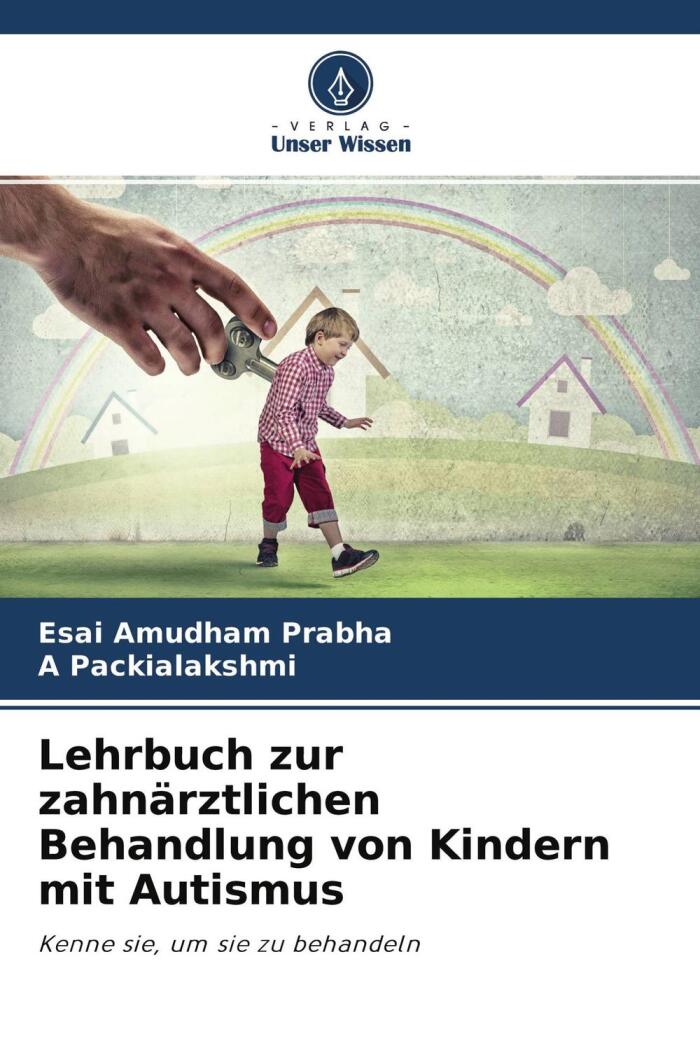
Lehrbuch zur zahnärztlichen Behandlung von Kindern mit Autismus: Kenne sie, um sie zu behandeln
によって
Esai Amudham Prabha
まだ評価がありません
Children’s
形式
ペーパーバック
ページ数
108
言語
ドイツ語
公開されました
Dec 29, 2021
出版社
Verlag Unser Wissen
版
1
ISBN-10
6204377426
ISBN-13
9786204377421
説明
In a world where understanding and compassion are pivotal in healthcare, this book provides an essential resource for dental practitioners working with children affected by autism. It delves into the specific challenges that can arise during dental treatments, emphasizing the importance of tailored approaches to ensure a positive experience for both the patient and practitioner.
The authors bring a wealth of knowledge, shedding light on the unique behavioral and sensory needs of autistic children. They explore effective communication strategies, modified dental procedures, and ways to create a welcoming environment that minimizes anxiety. By fostering a deeper knowledge of autism, practitioners can enhance their practice and improve treatment outcomes.
Moreover, this guide serves as a reminder of the profound impact that empathy and understanding can have in clinical settings. It encourages healthcare providers to develop patience and creativity in their methods, effectively bridging the gap between traditional dental practices and the needs of children with special requirements.
Ultimately, this work is not just a manual for dental care; it is an invitation to embrace inclusivity and build a more understanding healthcare landscape. As practitioners gain insights into the world of autism, they can transform their approach, ensuring that every child feels valued and safe during their visits.
The authors bring a wealth of knowledge, shedding light on the unique behavioral and sensory needs of autistic children. They explore effective communication strategies, modified dental procedures, and ways to create a welcoming environment that minimizes anxiety. By fostering a deeper knowledge of autism, practitioners can enhance their practice and improve treatment outcomes.
Moreover, this guide serves as a reminder of the profound impact that empathy and understanding can have in clinical settings. It encourages healthcare providers to develop patience and creativity in their methods, effectively bridging the gap between traditional dental practices and the needs of children with special requirements.
Ultimately, this work is not just a manual for dental care; it is an invitation to embrace inclusivity and build a more understanding healthcare landscape. As practitioners gain insights into the world of autism, they can transform their approach, ensuring that every child feels valued and safe during their visits.